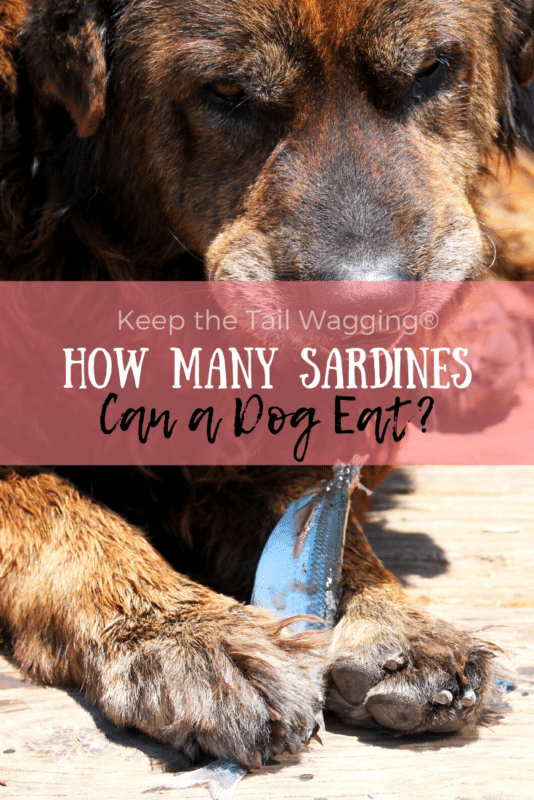Contents
- Potential Benefits of Feeding Sardines to Dogs
- Considerations for Feeding Sardines to Dogs
- Choosing the Right Type of Sardines
- Feeding Frequency and Amount
- Health Risks Associated with Excessive Sardine Consumption
- Monitoring and Adjusting the Feeding Routine
- Alternatives to Sardines for Daily Nutrition
- Introducing Sardines to a Dog’s Diet
- Potential Side Effects of Regular Sardine Consumption
- Conclusion
Imagine you’re a concerned dog owner wondering if it’s safe to include sardines in your furry friend’s daily diet. Well, we’ve got the answer for you! This article takes a closer look at whether it’s alright to feed your dog sardines every day. Discover the potential benefits, precautions, and guidelines to ensure your four-legged companion’s health and well-being. So, let’s dive into the fascinating world of sardines and their compatibility with your dog’s nutrition.
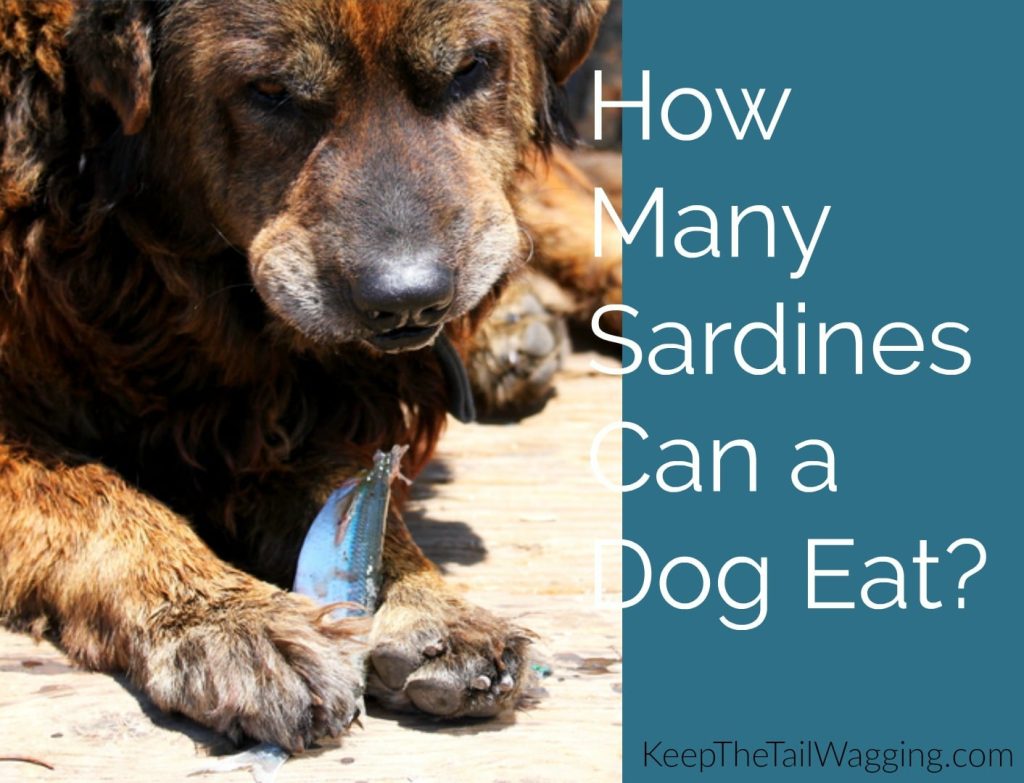
Potential Benefits of Feeding Sardines to Dogs
Rich source of omega-3 fatty acids
Sardines are an excellent source of omega-3 fatty acids, which are essential for your dog’s overall health and well-being. These fatty acids provide a wide range of benefits, including reducing inflammation, supporting brain function, and promoting a healthy heart. By incorporating sardines into your dog’s diet, you can ensure that they receive an adequate amount of omega-3s, which may be lacking in commercial dog foods.
Promotes healthy skin and coat
One of the significant benefits of feeding sardines to dogs is their ability to promote healthy skin and coat. The omega-3 fatty acids found in sardines help nourish the skin, reduce dryness, and alleviate itching and flakiness. Additionally, these fatty acids can improve the quality and luster of your dog’s coat, making it shiny and soft to the touch. Regular inclusion of sardines in your dog’s diet may significantly contribute to their overall appearance and skin health.
Supports joint health
As dogs age, they may develop joint-related issues such as arthritis or stiffness. Feeding sardines can help support your dog’s joint health due to the high levels of omega-3 fatty acids they contain. These fatty acids have anti-inflammatory properties that can reduce joint inflammation, alleviate pain, and improve your furry friend’s mobility. Including sardines in their meals or as a supplement can be particularly beneficial for dogs prone to joint problems or those engaged in rigorous physical activities.
Boosts immune function
A strong immune system is vital for your dog’s overall health and resilience against illnesses. Sardines are packed with essential nutrients like vitamins A, D, and B12, selenium, and zinc, which play a crucial role in strengthening the immune system. Regularly feeding your dog sardines can help enhance their immune function, keeping them healthy and better equipped to fight off infections and diseases.
Provides essential nutrients
Sardines are a nutritionally dense food that can provide your dog with a wide array of essential nutrients. Besides omega-3 fatty acids, they are also rich in protein, vitamin B3 (niacin), vitamin B12, calcium, and phosphorus. These nutrients are necessary for your dog’s energy production, muscle development, bone health, and overall growth. Including sardines in their diet can help ensure they receive a well-rounded nutritional profile and fulfill their dietary requirements.
Considerations for Feeding Sardines to Dogs
Sodium content
While sardines offer numerous health benefits, it’s important to be mindful of their sodium content. Sardines, especially if canned or packed in salt, can be high in sodium, which may not be suitable for dogs with certain health conditions like kidney disease or hypertension. It’s essential to read the labels before choosing sardines for your dog and opt for low-sodium varieties whenever possible. Additionally, always consult with your veterinarian to determine if excessive sodium intake could be problematic for your specific dog.
Mercury levels
Another consideration when feeding sardines to your dog is their mercury content. Fish, including sardines, can accumulate mercury in their tissues, and high levels of mercury can be harmful to dogs. The small size of sardines generally means their mercury levels are low compared to larger fish. However, it’s crucial to source your sardines from reputable brands and avoid feeding them to pregnant dogs or those with compromised health. By choosing high-quality sardines and monitoring your dog’s overall mercury intake, you can safely incorporate sardines into their diet.
Allergies and sensitivities
Just like humans, dogs can develop allergies or sensitivities to certain foods, including sardines. While rare, it’s essential to be observant for any signs of an allergic reaction or adverse effects after introducing sardines into your dog’s diet. Watch for symptoms such as itching, excessive scratching, gastrointestinal upset, or respiratory issues. If you notice any of these symptoms, consult with your veterinarian to determine whether your dog is allergic to sardines or if there may be other underlying causes.
Digestive issues
Some dogs may experience digestive issues when first introduced to sardines or if they consume them in large quantities. Sudden changes in diet, especially to foods rich in fat or protein like sardines, can cause stomach upset, diarrhea, or vomiting in sensitive individuals. To minimize digestive issues, it’s important to introduce sardines gradually into your dog’s diet, allowing their digestive system to adjust. It’s also advisable to consult with your veterinarian to determine the appropriate portion size and feeding frequency for your specific dog.
Calorie intake
While sardines provide excellent nutritional benefits, they are relatively calorie-dense. If not careful, excessive consumption of sardines can lead to weight gain or obesity in dogs, especially those with a sedentary lifestyle or predisposition to weight-related issues. It’s crucial to consider your dog’s calorie requirements, activity level, and overall diet when incorporating sardines into their meals. Moderation and portion control are key to maintaining a balanced and healthy diet.
Portion control
When feeding sardines to your dog, it’s essential to practice portion control to avoid overfeeding. The appropriate portion size will depend on your dog’s size, weight, and activity level. As a general guideline, a small dog may benefit from a quarter to half a sardine per day, while larger dogs can have one to a few sardines a day. However, it’s always best to consult with your veterinarian to determine the ideal portion size based on your dog’s individual needs.

Choosing the Right Type of Sardines
Fresh vs. canned sardines
When considering sardines for your dog, you have the choice between fresh and canned options. Fresh sardines can be an excellent choice if they are available to you and you’re confident in their quality and freshness. Canned sardines, on the other hand, are convenient and widely accessible. As long as you choose high-quality canned sardines without added salt, oil, or sauces, they can be a suitable option for your dog. Opting for boneless and skinless varieties is generally recommended to avoid potential choking hazards or digestive issues.
Selecting high-quality products
To ensure you provide the best possible sardines for your dog, it’s essential to select high-quality products. Look for sardines with minimal or no additives, preservatives, or artificial ingredients. The ingredients listed on the label should be simple and recognizable. Additionally, research the brand’s reputation and consider reading reviews or seeking recommendations from trusted sources. By investing in high-quality sardines, you can have confidence in the product’s safety and nutritional value for your furry companion.
Avoiding sardines packed in oil, salt, or sauces
While sardines packed in oil, salt, or sauces may be flavorful to human palates, they are not ideal for feeding dogs. The additional oil, salt, or sauces can contribute to an excessive calorie intake, sodium overload, or indigestion in dogs. It’s best to choose sardines packed in water or a natural brine solution to minimize the risk of adverse effects. If necessary, you can also rinse the sardines to further reduce the sodium content before feeding them to your dog.
Feeding Frequency and Amount
Daily feeding guidelines
When it comes to feeding sardines to your dog, there are several factors to consider, such as their size, weight, age, overall health, and activity level. While every dog is different, general guidelines recommend feeding sardines to dogs two to three times a week. However, it’s always best to consult with your veterinarian to determine the appropriate feeding frequency for your specific dog, taking into account all relevant factors.
Consideration for dog’s size and weight
The size and weight of your dog will play a significant role in determining the appropriate amount of sardines to feed them. Larger dogs can tolerate and require a higher quantity of sardines compared to smaller dogs. As a general rule, small dogs can benefit from about a quarter to half a sardine per serving, while larger dogs can consume one to a few sardines. It’s essential to consider the overall calorie intake and adjust portion sizes accordingly to maintain a healthy weight for your dog.
Feeding sardines as a treat or supplement
Feeding sardines can be incorporated into your dog’s diet in different ways, depending on their nutritional needs and preferences. Some dog owners choose to give sardines as a special treat or reward, while others use them as a supplement to improve their dog’s overall health. Whether you choose to offer sardines as a standalone treat or mix them with your dog’s regular food, it’s crucial to maintain a balanced diet and adjust portion sizes accordingly.
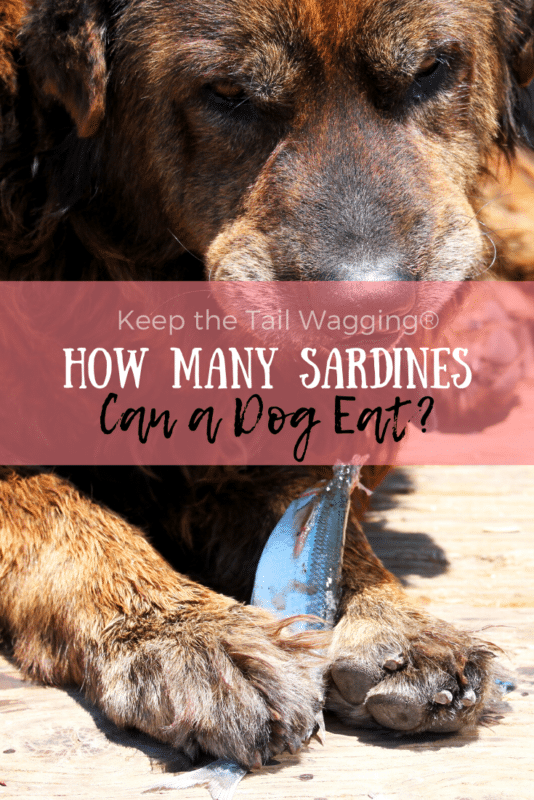
Health Risks Associated with Excessive Sardine Consumption
Mercury poisoning
While sardines generally have low mercury levels compared to larger predatory fish, prolonged and excessive consumption of sardines can potentially lead to mercury poisoning in dogs. Mercury poisoning can cause neurological issues, impair cognitive functions, and have detrimental effects on your dog’s overall health. To prevent this, it’s important to monitor your dog’s overall mercury intake from all sources, including sardines. If you suspect your dog may have been exposed to excessive mercury, consult with your veterinarian immediately.
Thiamine deficiency
Thiamine, also known as vitamin B1, is an essential nutrient for dogs that plays a vital role in various bodily functions. While sardines can be a good source of thiamine, excessive consumption can lead to a thiamine deficiency. This deficiency can manifest in symptoms such as loss of appetite, weakness, or neurological issues. To avoid thiamine deficiency, it’s crucial to provide a well-balanced diet that includes a variety of nutrient sources, including sardines, rather than relying solely on one food item.
Digestive upset
Feeding sardines in excess or without gradually introducing them into your dog’s diet can cause digestive upset, including diarrhea, vomiting, or gastrointestinal discomfort. To minimize these risks, it’s important to monitor your dog’s tolerance and response to sardines. If you notice any digestive issues, it may be necessary to reduce the amount of sardines or discontinue feeding them altogether. Consulting with your veterinarian can provide you with further guidance on how to address these concerns.
Weight gain or obesity
Due to their calorie-dense nature, overfeeding sardines can contribute to weight gain or obesity in dogs. This is particularly true for dogs with a sedentary lifestyle or those prone to weight-related issues. It’s crucial to practice portion control and moderation when feeding sardines to your dog. Monitor their weight regularly and adjust their overall diet and feeding routine accordingly to prevent excessive weight gain and maintain their optimal body condition.
Monitoring and Adjusting the Feeding Routine
Observing any adverse effects
When introducing sardines into your dog’s diet or adjusting their feeding routine, it’s important to closely observe any adverse effects or changes in their overall well-being. Pay attention to their behavior, appetite, digestion, coat condition, and any signs of discomfort or allergies. If you notice any unexpected symptoms or adverse reactions, it’s best to consult with your veterinarian for further guidance. Your veterinarian can provide insight into potential underlying causes and help you adjust the feeding routine accordingly.
Consulting a veterinarian
Before making any significant changes to your dog’s diet, it’s wise to consult with your veterinarian. They can assess your dog’s overall health, specific dietary requirements, and offer advice tailored to their individual needs. Your veterinarian can provide guidance on portion sizes, feeding frequency, and any precautions or considerations related to feeding sardines. Regular communication with your veterinarian can ensure that you’re providing the best possible care for your furry friend.
Adjusting feeding frequency or amount
Feeding sardines to your dog should always be a dynamic process that takes into account their individual needs. As your dog’s health, age, activity level, or dietary requirements change, it may be necessary to adjust the feeding frequency or amount of sardines. Regularly reassess your dog’s overall well-being, consult with your veterinarian, and make modifications to their feeding routine as deemed necessary. By staying attentive to your dog’s changing needs, you can ensure their diet remains balanced and optimized for their specific circumstances.
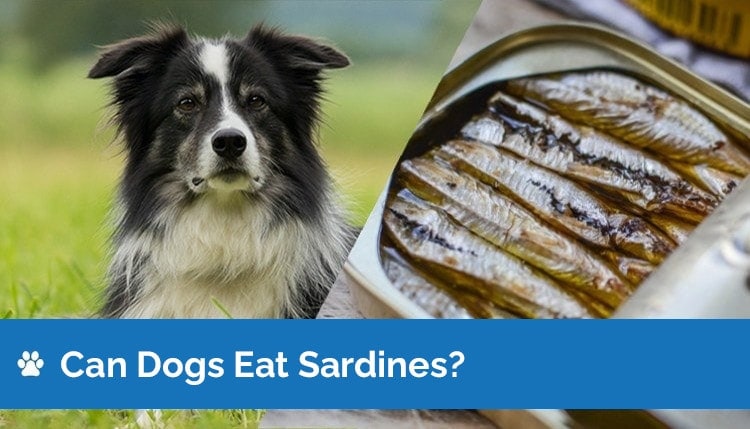
Alternatives to Sardines for Daily Nutrition
Other fish options
If you’re considering alternatives to sardines, there are several fish options that provide similar nutritional benefits. Fish such as salmon, mackerel, or trout can be excellent sources of omega-3 fatty acids and essential nutrients. Ensure these fish are cooked, boneless, and free from any seasonings or additives that may be harmful to your dog. Just like with sardines, it’s important to practice moderation and portion control when incorporating alternative fish into your dog’s diet.
Quality commercial dog foods
While feeding sardines can be beneficial, it’s not the only way to provide your dog with optimum nutrition. High-quality commercial dog foods that are nutritionally balanced and formulated to meet the specific dietary needs of dogs can be an excellent alternative. Look for reputable brands that use quality ingredients, avoid fillers, and have undergone rigorous testing. Consult with your veterinarian to determine the best commercial dog food options that align with your dog’s requirements and preferences.
Supplementing with fish oil
If you prefer not to feed sardines or other fish directly to your dog, another option is to supplement their diet with fish oil. Fish oil supplements specifically formulated for dogs are available, providing a concentrated dose of omega-3 fatty acids. These supplements can be an excellent alternative for dogs with specific dietary restrictions or preferences. However, it’s important to consult with your veterinarian to determine the appropriate dosage and ensure the fish oil supplement is suitable for your dog.
Balanced homemade diets
Some dog owners prefer to prepare homemade diets to have full control over the ingredients and nutritional composition. If you choose to feed a balanced homemade diet, you can incorporate a variety of nutrient sources, including fish like sardines, to provide your dog with an optimal nutritional profile. However, it’s vital to work closely with a veterinary nutritionist to develop a well-balanced homemade diet that meets all of your dog’s specific nutritional requirements. They can guide you on ingredient selection, portion sizes, and overall diet planning.
Introducing Sardines to a Dog’s Diet
Gradual transition from current diet
When introducing sardines or any new food into your dog’s diet, it’s important to do so gradually. Abrupt dietary changes can lead to digestive upset or other adverse effects. Begin by adding a small portion of sardines to your dog’s regular food and gradually increase the amount over the course of a week or two. This gradual transition allows your dog’s digestive system to adapt and reduces the risk of gastrointestinal issues.
Mixing sardines with regular food
To ensure your dog accepts and enjoys eating sardines, consider mixing them with their regular food. This will help familiarize your dog with the new taste and texture while maintaining the overall balance of their diet. Gradually increase the proportion of sardines in the mixture until your dog is comfortable consuming the sardines on their own. By incorporating sardines into your dog’s regular meals, you can enhance their nutritional intake without disrupting their feeding routine.
Monitoring acceptance and tolerance
As you introduce sardines into your dog’s diet, closely monitor their acceptance and tolerance of the new food. Some dogs may readily enjoy sardines and have no issues incorporating them into their meals. Others may be more hesitant or show signs of intolerance or allergies. Remain observant of your dog’s reaction and behavior, and make adjustments if necessary. If your dog consistently refuses or exhibits adverse effects, it may be best to explore alternative options or consult with a veterinarian for further guidance.
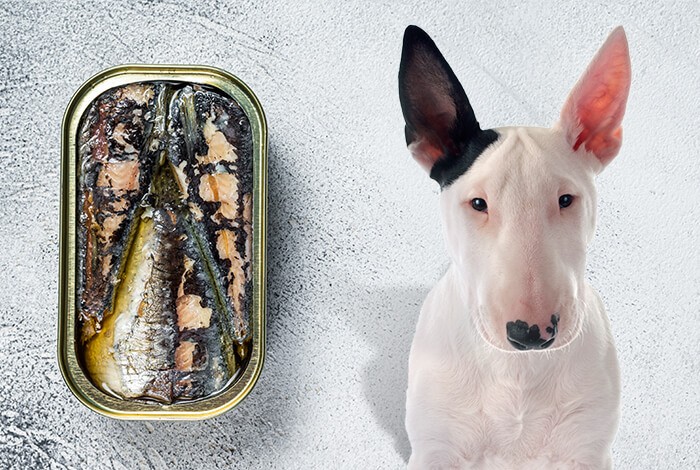
Potential Side Effects of Regular Sardine Consumption
Bad breath
One potential side effect of regular sardine consumption in dogs is bad breath. The strong fishy odor of sardines can linger on your dog’s breath, causing an unpleasant smell. If this becomes a concern, regular dental care, such as teeth brushing or providing dental treats, can help mitigate the issue. Maintaining good oral hygiene is crucial for your dog’s overall health and can help minimize the impact of any potential bad breath caused by consuming sardines.
Fishy-smelling coat
Another side effect of feeding sardines to your dog is a fishy-smelling coat. While some dog owners may not find this concerning, others may find it undesirable. If you’re concerned about the lingering odor on your dog’s coat, regular grooming, including bathing and brushing, can help manage the smell. Be sure to use dog-safe shampoos and grooming products that effectively eliminate odors without causing any skin irritation or dryness.
Increased gas
In some cases, regular sardine consumption can lead to increased gas production in dogs. This gas can result in flatulence or bloating, which can be uncomfortable for your furry friend. To mitigate this side effect, consider reducing the portion size or frequency of sardine feedings. Additionally, ensuring that the sardines are fully cooked and boneless can help alleviate digestive issues associated with gas production.
Allergic reactions
While allergies to sardines are relatively rare in dogs, they can occur. Symptoms of an allergic reaction may include itching, redness, swelling, hives, gastrointestinal upset, or respiratory issues. If your dog exhibits any of these symptoms after consuming sardines, it’s crucial to discontinue feeding them immediately and consult with your veterinarian. Your veterinarian can help determine if the symptoms are due to an allergic reaction or another underlying cause and provide appropriate treatment options.
Conclusion
Feeding sardines to your dog can offer numerous benefits, such as being a rich source of omega-3 fatty acids, promoting healthy skin and coat, supporting joint health, boosting immune function, and providing essential nutrients. However, it’s essential to consider potential considerations such as sodium content, mercury levels, allergies, digestive issues, calorie intake, and portion control. Choosing the right type of sardines, adjusting feeding frequency and amount, and monitoring your dog’s health and acceptance are crucial for a successful dietary incorporation. If you have any concerns or questions, consult with your veterinarian, who can provide guidance specific to your dog’s needs. With proper care and moderation, sardines can be a nutritious and enjoyable addition to your dog’s diet.

